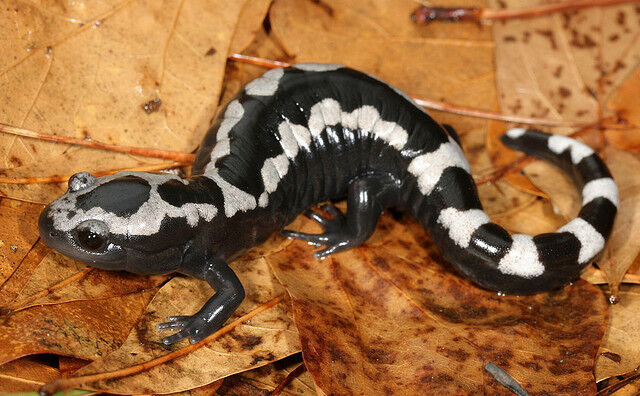Animals can be classified into two main groups.
-
Vertebrates, which all have a backbone.
-
Invertebrates, which do not have a backbone.
Examples of vertebrates
Examples of invertebrates
When we take a closer look at the two groups, it is possible to divide them into classes. Let's focus on vertebrates, which fall into 5 categories. Here is an overview of these 5 categories and their characteristics.
The main feature of mammals is that the young are fed by nursing. Adult females have mammary glands that produce milk for the young. Mammals also have other characteristics common to most species. Of course, there are often some exceptions.
-
They are warm-blooded.
-
They do not lay eggs (except platypuses and echidnas).
-
They do not fly (except bats).
-
They have hair or fur (except some marine mammals such as whales and dolphins).
-
They have lungs.
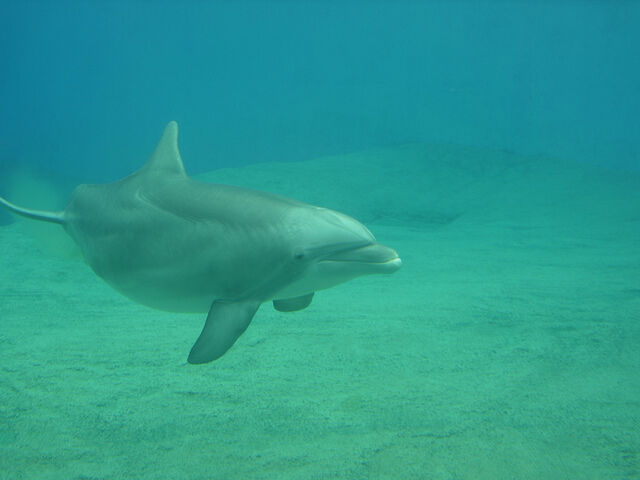
The main characteristic of birds is that their body is covered with feathers. Birds also have other characteristics common to most species. Of course, there are often some exceptions.
-
They are warm-blooded.
-
They all have wings, but not all of them can fly (such as the ostrich).
-
They lay eggs.
-
They have no teeth.
-
Their bones are hollow, which helps them to fly.
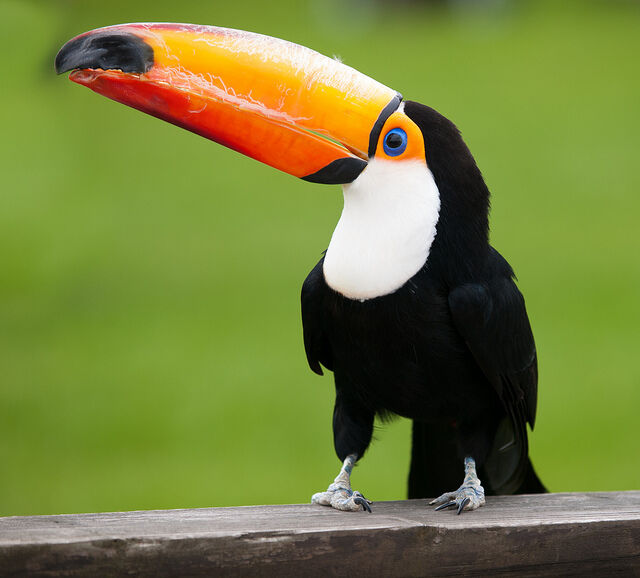
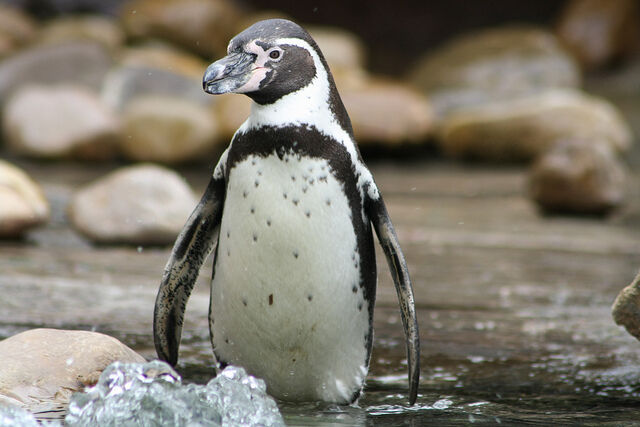
The main characteristic of reptiles is that their bodies are covered with scales. Reptiles also have other characteristics common to most species. Of course, there are often some exceptions.
-
They are cold-blooded.
-
They lay eggs (except for some species such as the chameleon).
-
They have dry skin.
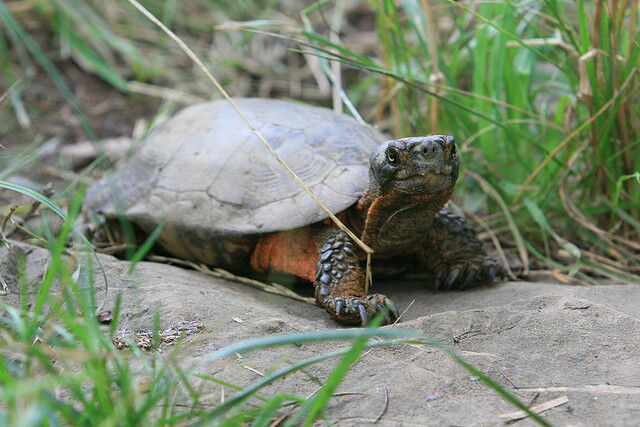
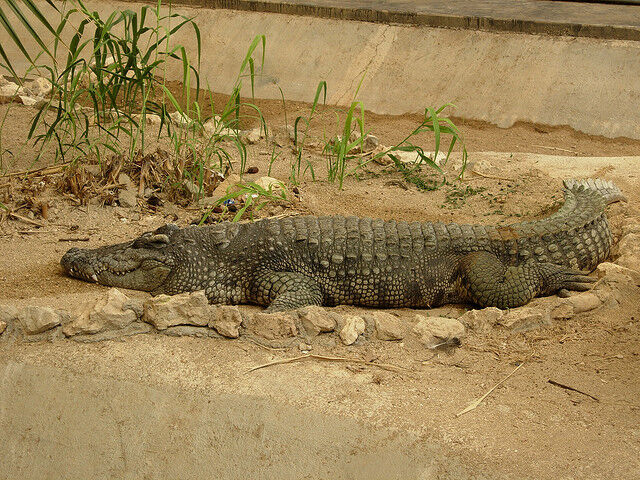
The main characteristic of fish is that they all breathe with gills. Fish also have other characteristics common to most species. Of course, there are often some exceptions.
-
They all live in water, whether it is salty or not.
-
Most have scales, but some species have smooth skin, such as sharks.
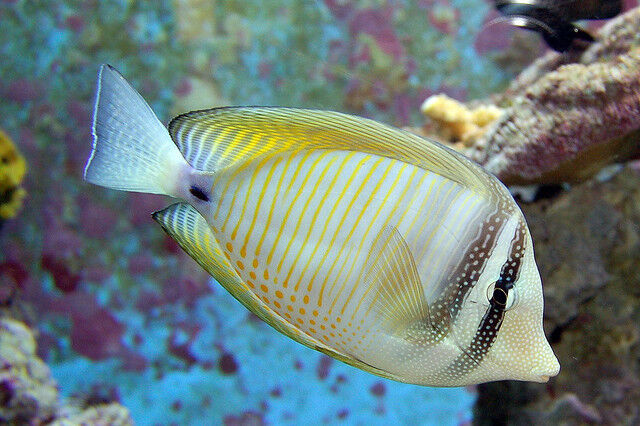
The main characteristic of amphibians is that they can live both in water and on land. In fact, they are born in water, but return to the land to continue living. Amphibians, sometimes called batrachians, also share other characteristics common to most species. Of course, there are often some exceptions.
-
They are cold-blooded.
-
They lay eggs.
-
In the larval stage they have gills, but in adulthood they have lungs.
